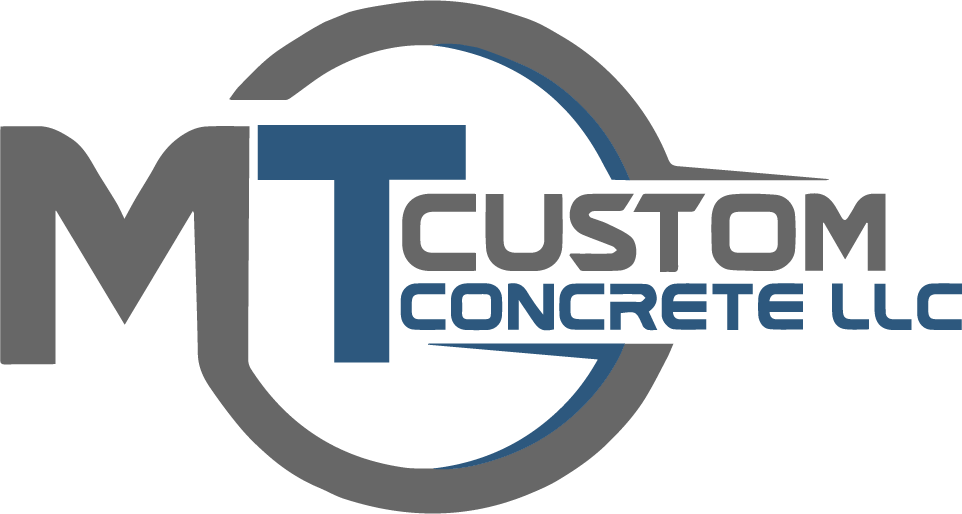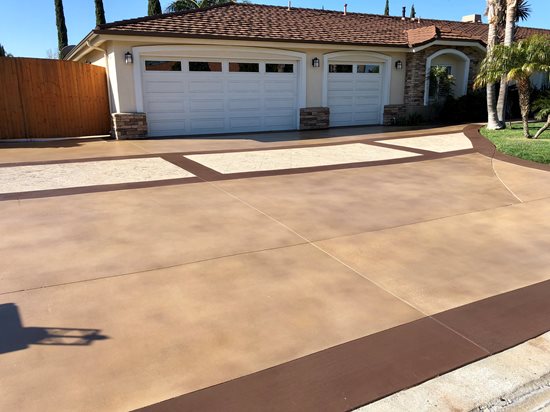Concrete is one of the most widely used building materials in the world due to its durability and affordability. However, over time, concrete surfaces can become worn out and dull, losing their aesthetic appeal. Concrete staining and sealing are two popular solutions to restore the appearance of concrete surfaces while also protecting them from damage caused by water, oil, and chemicals. In this article, we will discuss the benefits of concrete staining and sealing and why it is important to hire professionals for these services.
Concrete Staining
Concrete staining is a process that involves applying a color stain to the surface of a concrete slab to change its appearance. There are two types of concrete stains: acid-based and water-based. Acid-based stains are made from a combination of hydrochloric acid, metallic salts, and water. These stains react chemically with the concrete to create a unique, mottled appearance. On the other hand, water-based stains contain acrylics, pigments, and a water-based carrier. They provide a wide range of color options and produce a more uniform appearance.
Advantages of Concrete Staining
1. Aesthetics – Concrete staining can significantly improve the appearance of concrete surfaces, making them look new and fresh. Stained concrete can mimic the look of marble, tile, or even wood.
2. Durability – Stained concrete is more resistant to fading, chipping, and peeling than traditional concrete. The stain penetrates deep into the concrete surface, creating a permanent bond.
Preparation for Concrete Staining
Proper preparation is critical to the success of the staining process. The surface must be thoroughly cleaned and prepared to ensure the stain adheres correctly.
1. Surface Cleaning – The surface of the concrete must be free from dirt, grease, and other contaminants. A pressure washer is often used to clean the surface.
2. Surface Preparation – After cleaning, the surface must be etched to allow the stain to penetrate. This is typically done by using a chemical etching solution.
Concrete Staining Process
The staining process typically involves the following steps:
1. Application of Stain – The stain is applied to the surface using a sprayer or roller. It is important to apply the stain evenly to avoid streaks or blotches.
2. Drying Time – After applying the stain, it must be allowed to dry completely. This can take anywhere from 24 to 48 hours.
3. Finishing Touches – Once the stain has dried, a sealer is applied to protect the surface and enhance the color.
Concrete Sealing
Concrete sealing is the process of applying a protective layer to the surface of a concrete slab to prevent water, oil, and chemical damage. There are two types of concrete sealers: penetrating and film-forming. Penetrating sealers penetrate deep into the concrete, providing protection from within. Film-forming sealers, on the other hand, create a protective film on the surface of the concrete.
Benefits of Concrete Sealing
1. Protection Against Water Damage – Concrete is porous, which makes it vulnerable to water damage. Sealing the surface of the concrete prevents water from penetrating the surface and causing damage.
2. Protection Against Oil and Chemical Damage – Concrete surfaces can be damaged by oil, chemicals, and other substances. Sealing the surface of the concrete prevents these substances from penetrating the surface and causing damage.
3. Enhanced Appearance – Sealing the surface of the concrete can enhance its appearance by giving it a glossy or matte finish.
Preparation for Concrete Sealing
Proper preparation is essential for the success of the sealing process. The surface must be thoroughly cleaned and prepared to ensure the sealer adheres correctly.
1. Surface Cleaning – The surface of the concrete must be free from dirt, grease, and other contaminants. A pressure washer is often used to clean the surface.
2. Surface Preparation – After cleaning, additional preparation may be needed based on the condition of the concrete. This may include etching or other methods to ensure proper adhesion of the stain or sealer. A professional contractor can evaluate the surface and determine the best preparation method for optimal results.
Concrete Sealing Process
The sealing process typically involves the following steps:
1. Application of Sealer – The sealer is applied to the surface using a sprayer or roller. It is important to apply the sealer evenly to avoid streaks or blotches.
2. Drying Time – After applying the sealer, it must be allowed to dry completely. This can take anywhere from 24 to 48 hours.
3. Finishing Touches – Once the sealer has dried, a second coat may be applied to ensure maximum protection.
Concrete staining and sealing are excellent solutions for restoring the appearance of concrete surfaces while also protecting them from damage. While DIY methods may be tempting, it is highly recommended to hire a professional contractor for concrete sealer services. Professional contractors have the knowledge, skills, and equipment necessary to ensure that the job is done correctly and efficiently.

